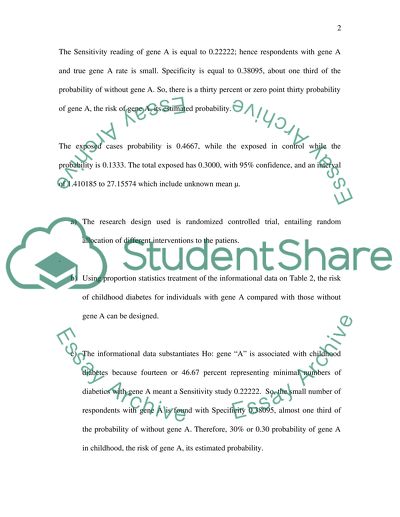Cite this document
(“Using and interpreting statistics Essay Example | Topics and Well Written Essays - 1750 words”, n.d.)
Retrieved from https://studentshare.org/statistics/1527910-using-and-interpreting-statistics
Retrieved from https://studentshare.org/statistics/1527910-using-and-interpreting-statistics
(Using and Interpreting Statistics Essay Example | Topics and Well Written Essays - 1750 Words)
https://studentshare.org/statistics/1527910-using-and-interpreting-statistics.
https://studentshare.org/statistics/1527910-using-and-interpreting-statistics.
“Using and Interpreting Statistics Essay Example | Topics and Well Written Essays - 1750 Words”, n.d. https://studentshare.org/statistics/1527910-using-and-interpreting-statistics.


